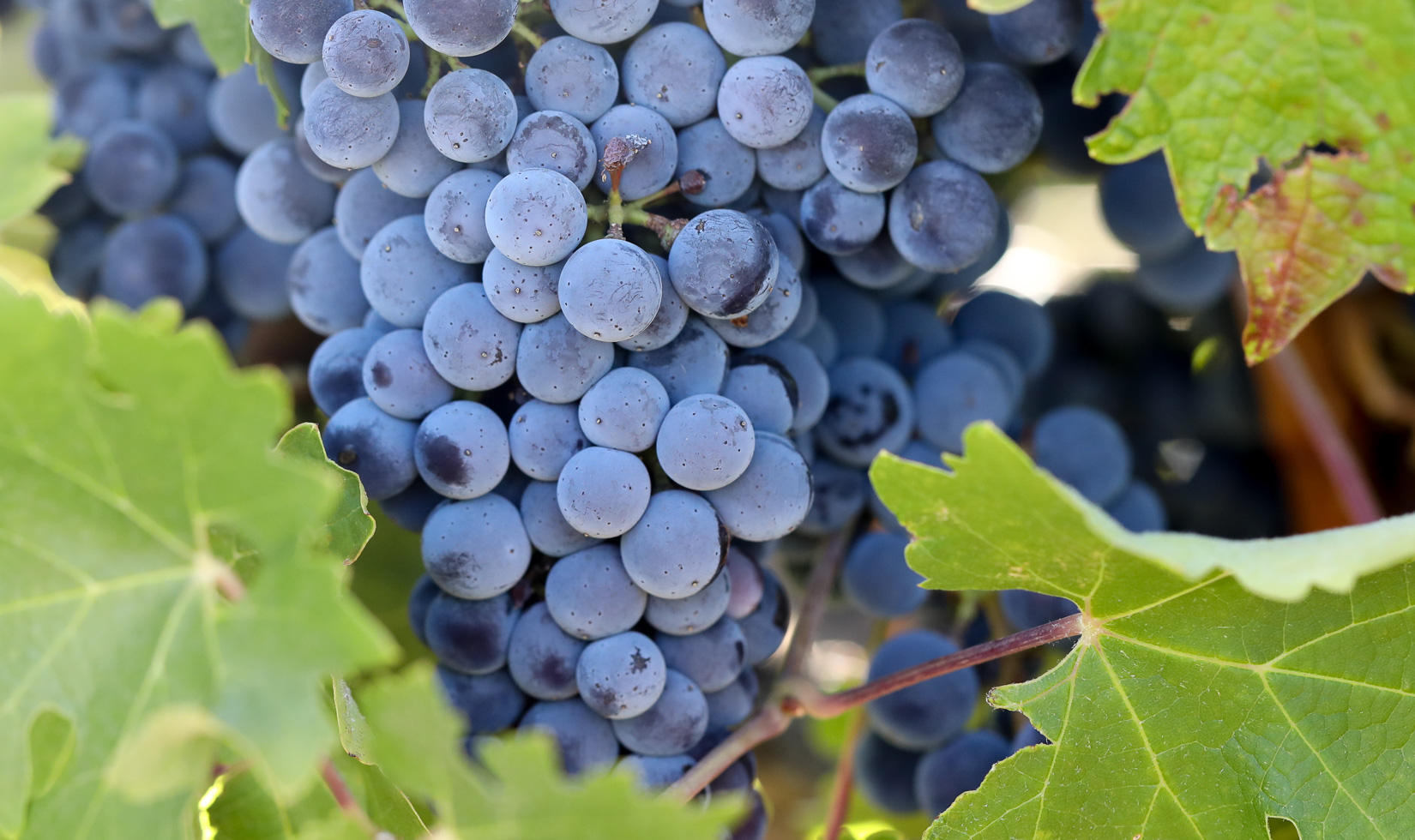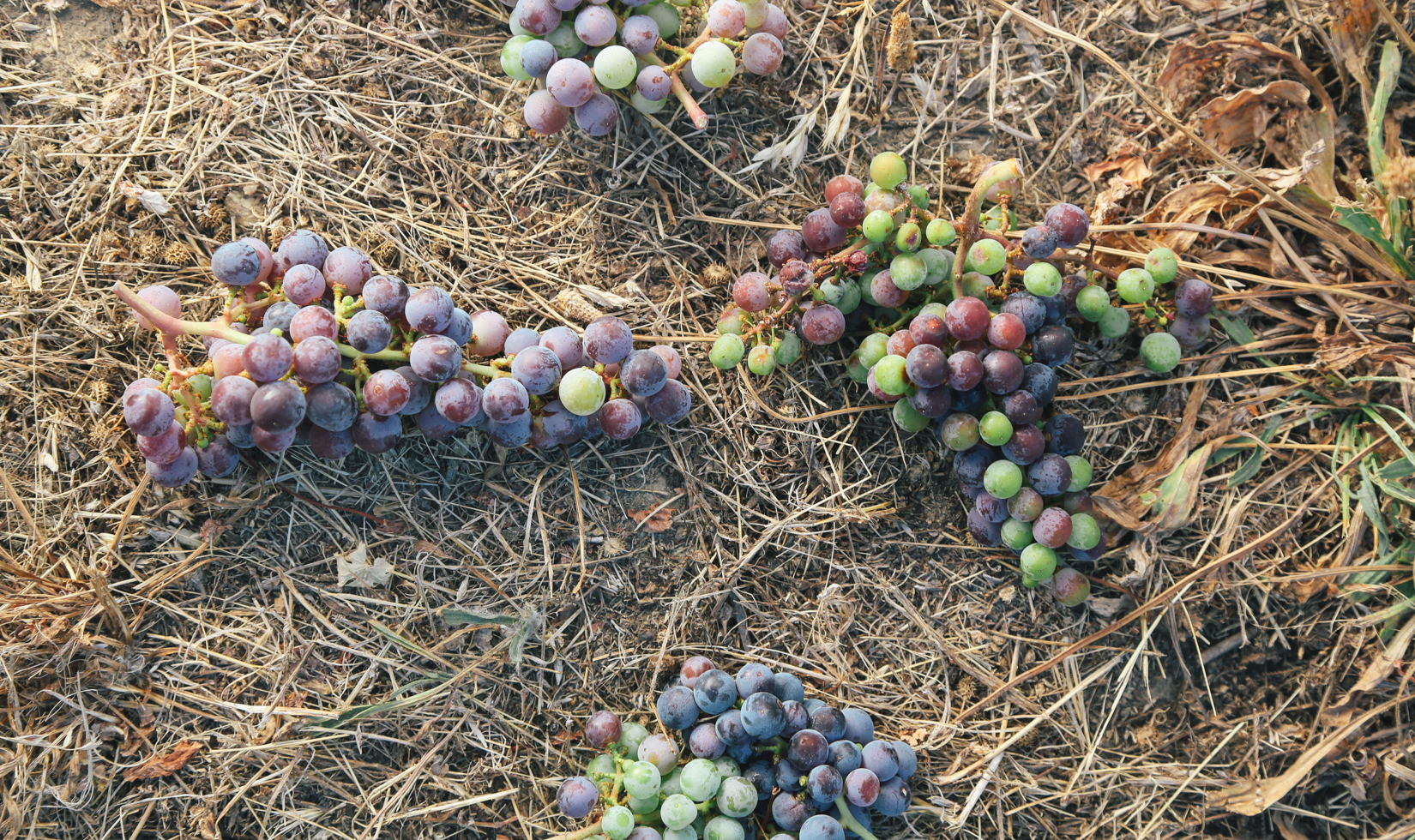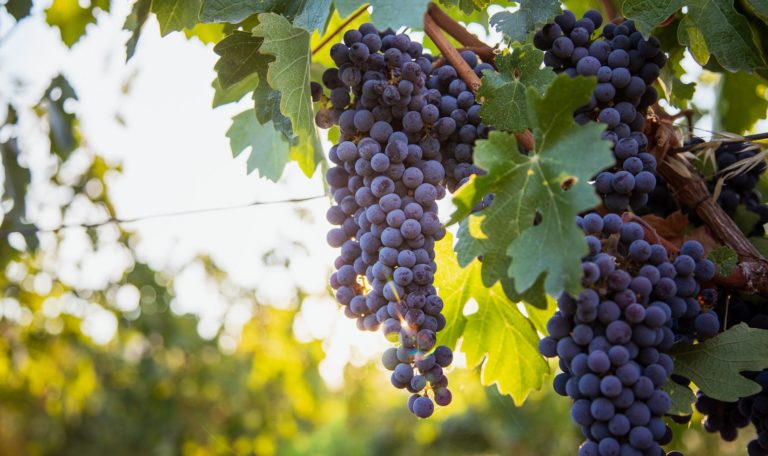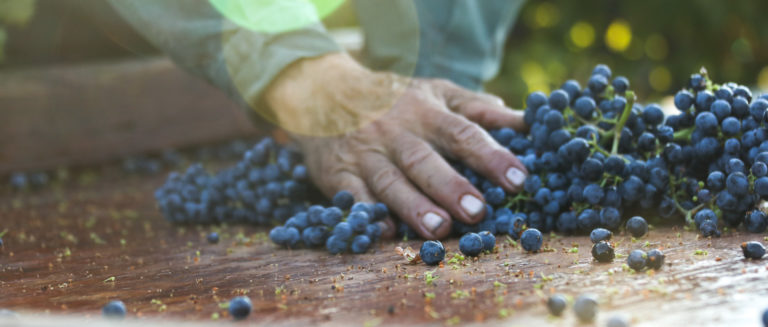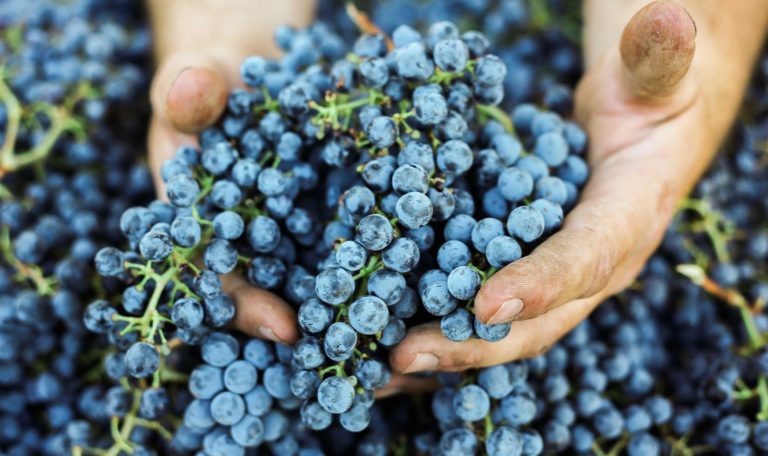Bookended by heavy rains and wildfire, the 2019 season had more twists and turns than a winter Olympics slalom ski run. Yet despite all the season’s challenges, winemakers are extremely excited about cabernet sauvignon from this vintage.
Here are four reasons why 2019 turned out to be a great vintage for Sonoma cabernet sauvignon.
Average Summer Temperatures Helped Fruit Develop Beautifully
Winter brought record-breaking rainfall, which delayed bud break into late March and early April. Combined with cool temperatures, this put the vines on track for a normal start time for harvest. Rainfall in early May took winemakers by surprise, but thanks to cool spring temperatures that pushed back flowering in many vineyards, the rain didn’t have a significant impact on yields. With average temperatures throughout the summer, fruit progressed beautifully.
Vineyard Teams Dropped Fruit for Quality
Because a heavy crop had formed by June, Jordan’s vineyard crew made an aggressive pass throughout the vineyards to drop any clusters that were lagging in maturity. Thinning after fruit set was a calculated sacrifice of quantity for flavor, and it allowed the vines to focus their energy on growing a smaller, more flavorful crop. In August, teams went through each vineyard block again during veraison—when the grapes start to turn color and soften—and dropped any clusters that were unevenly ripening and behind in maturity.
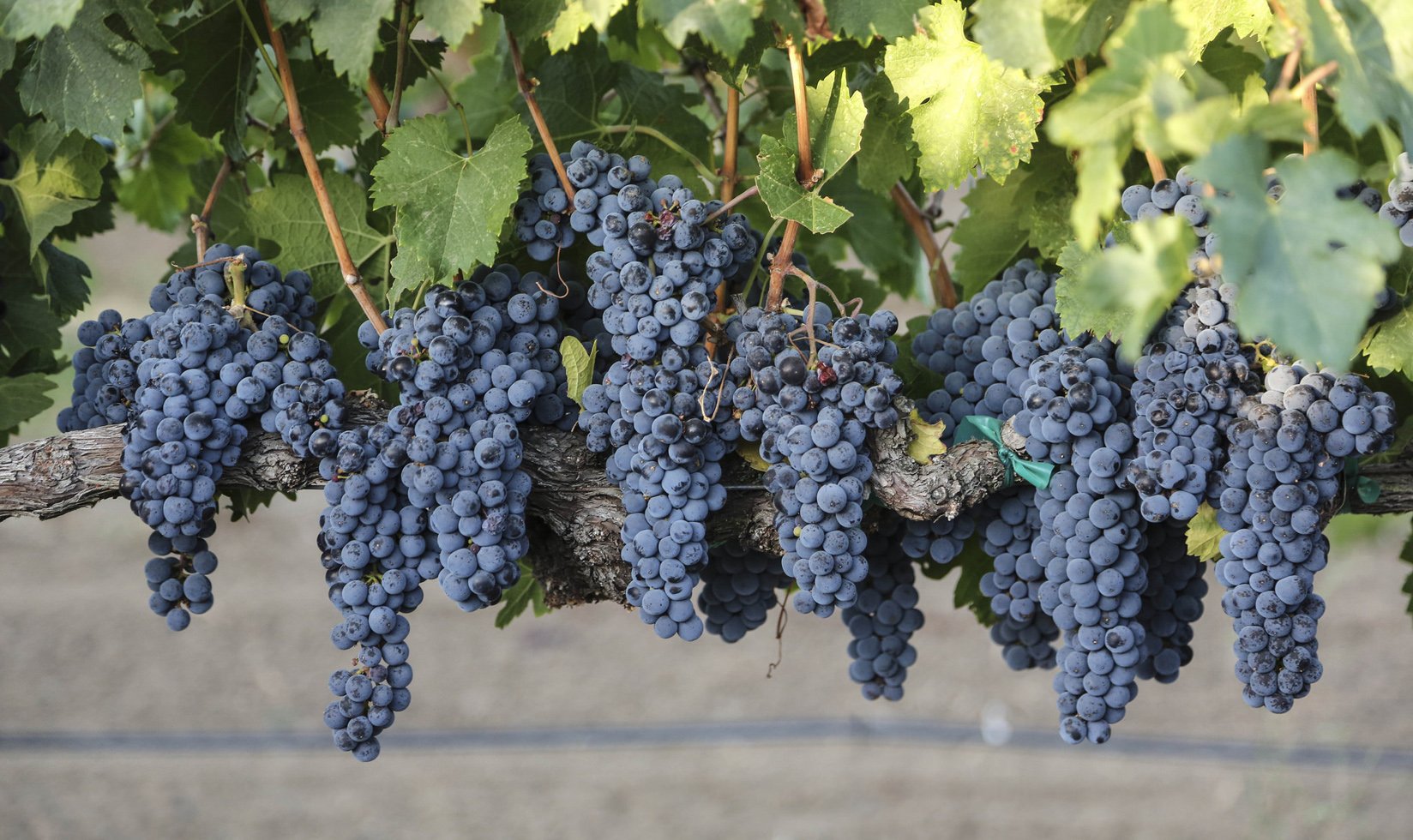
Early Harvest Results Were Incredible
When Jordan began crushing its red Bordeaux varieties in September, the incredible fruit flavors and intensity had the team celebrating. This would be the second outstanding harvest in a row in which the weather cooperated. The fruit tasted marvelous and yields were above average.
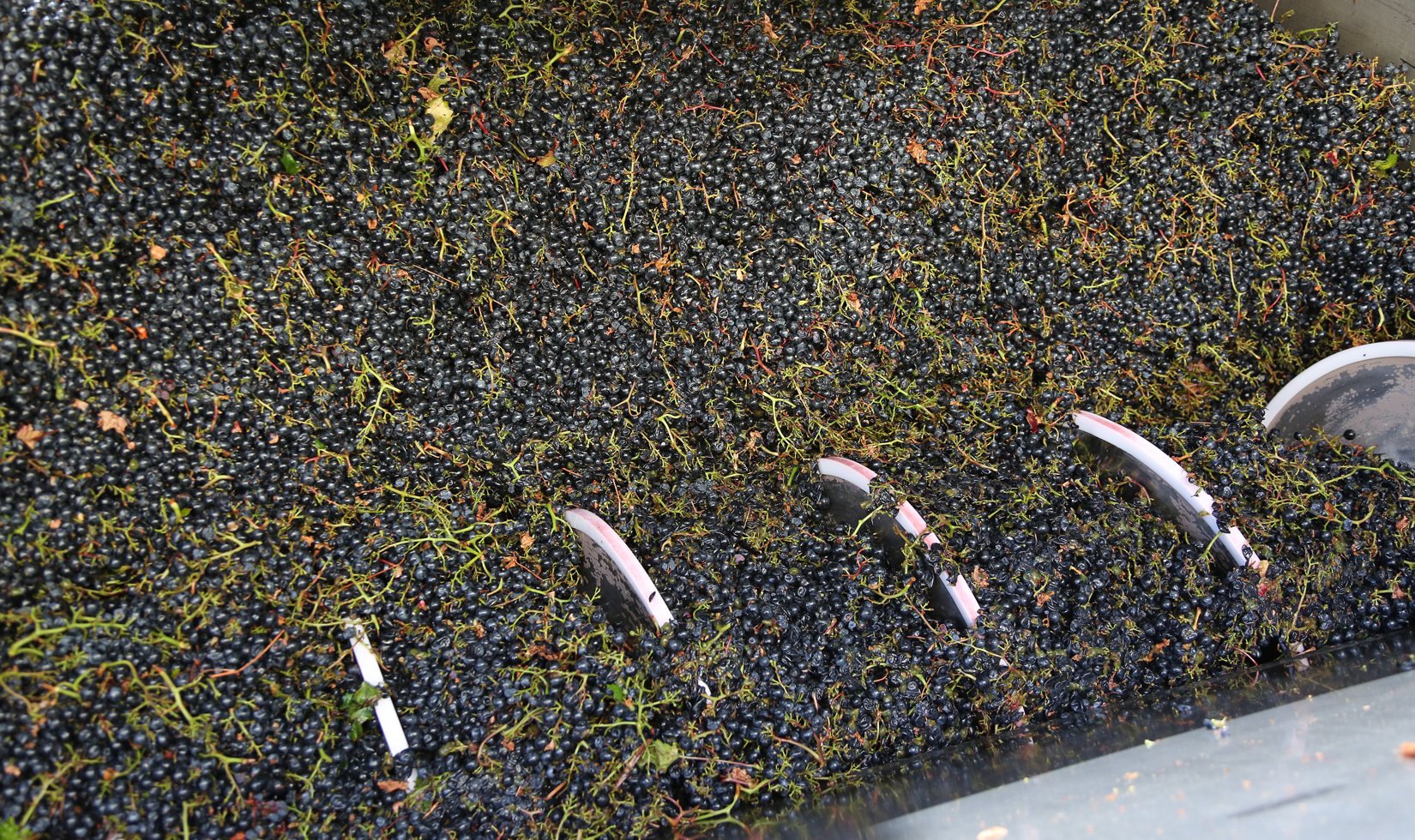
All the Grapes Were Picked Before Wildfires
Five days after the last of Jordan’s red grapes made their way into the hopper, the Kincade Fire broke out in a mountainous area several miles northeast of Jordan. Despite road closures, a small crew made it into the winery to pump-over the tanks and immediately close the lids to protect the wines from any smoke. A few days later, authorities issued a mandatory evacuation order for Healdsburg and the surrounding area—including Jordan. When they were able to return to Jordan a few days later, the team quickly assessed all of the wine in tanks. They all smelled fantastic, with intense black-fruit aromas. Tannins were beautifully balanced even after pressing.
